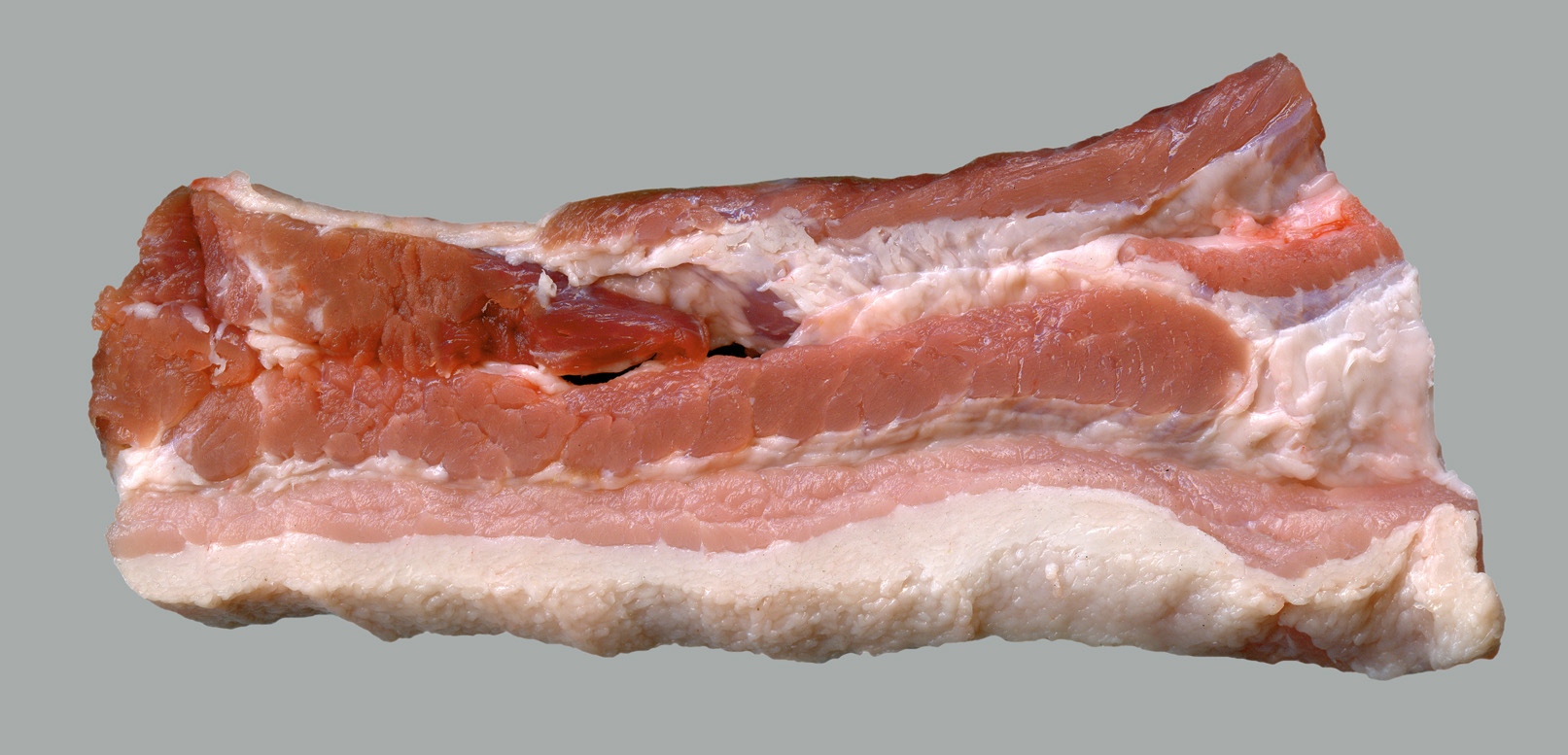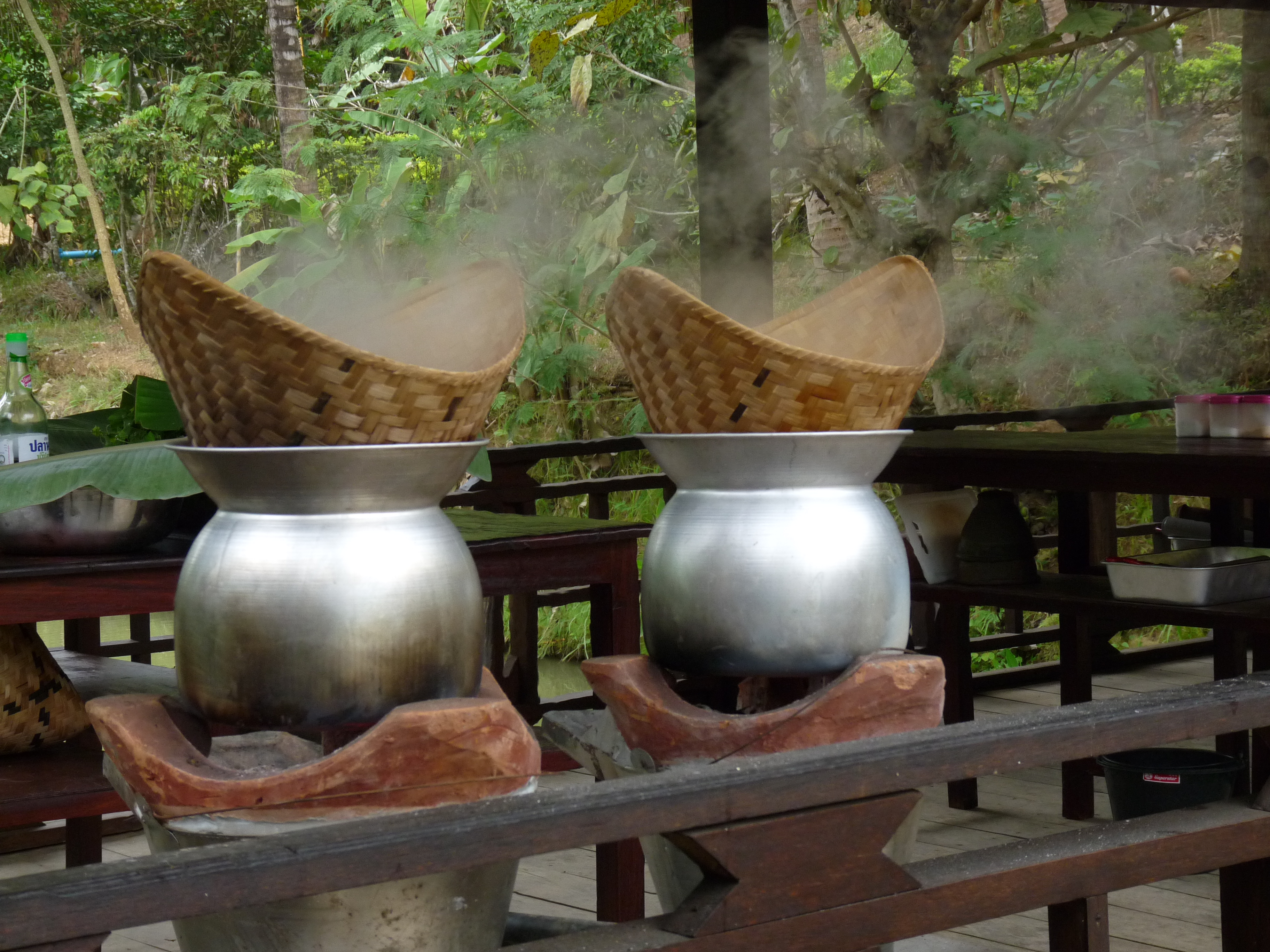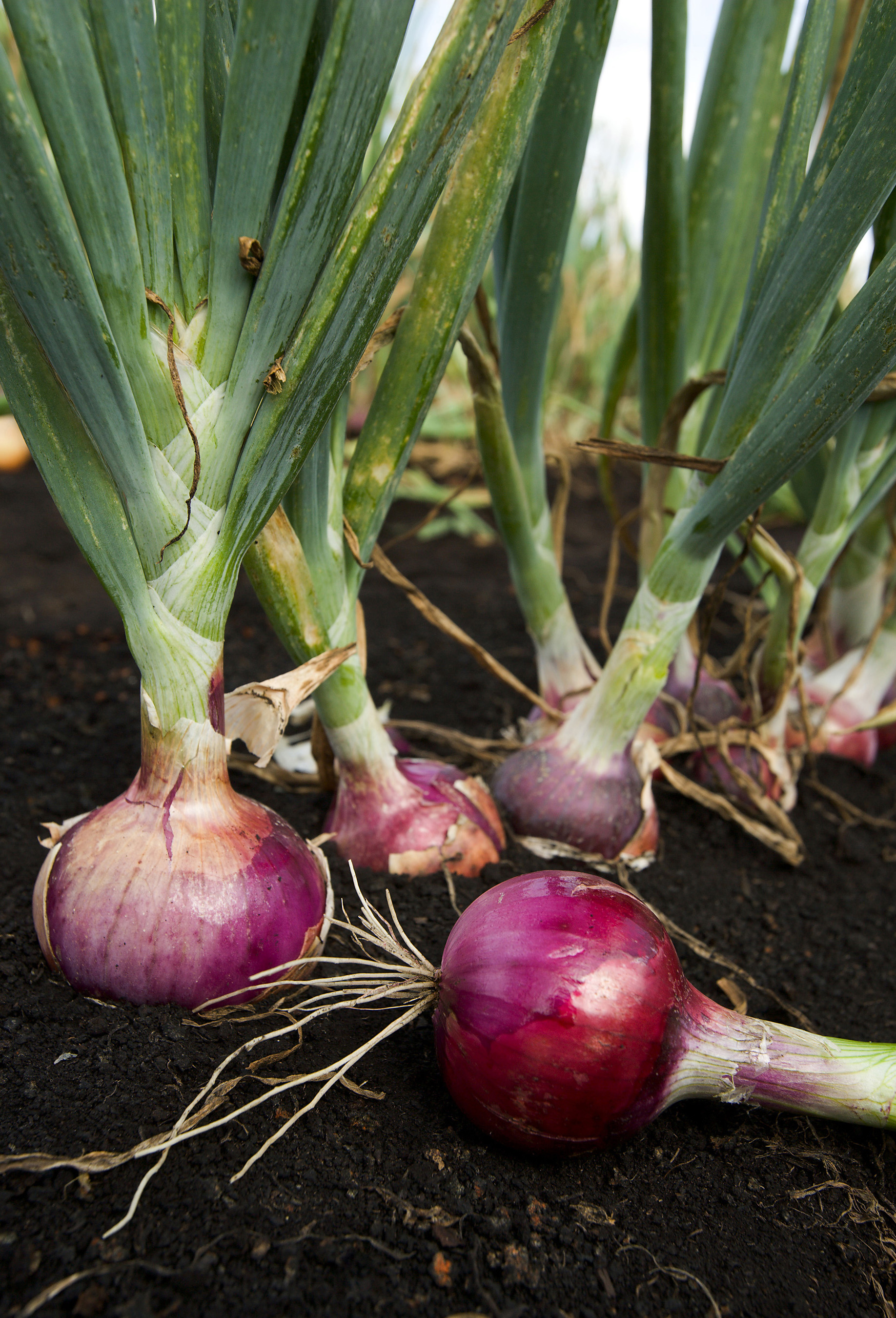|
Pyzy (dish)
Pyzy ( singular: ''pyza'') are a type of dumpling (kluski). The dish is most commonly referred to in its plural for ''pyzy'', as it is most commonly served as a main course meal: large oval-shaped kluski, characteristic to Polish cuisine. Potato ''pyzy'' Potato pyzy are prepared from a raw or a mix of raw and boiled potatoes, optionally with added flour, eggs and salt, cooked in boiling water. Stuffed with meat, twaróg or mushroom stuffing, alternatively served without stuffing, and instead served with bacon, lard or fried onion. Dishes prepared similar to potato pyzy include goły, kartacze and Silesian dumplings. Leavened ''pyzy'' Leavened pyzy or ''pyzy drożdżowe'' are prepared from flour, eggs, yeast, milk, butter, sugar and salt. These are cooked in boiling water (similar to pampuchy) or on steam. In literature, pyzy are said to also be prepared by being baked in an oven. See also *Cepelinai Cepelinai ( "zeppelins"; singular: ''cepelinas'') or didžkukuliai are p ... [...More Info...] [...Related Items...] OR: [Wikipedia] [Google] [Baidu] |
Poland
Poland, officially the Republic of Poland, , is a country in Central Europe. Poland is divided into Voivodeships of Poland, sixteen voivodeships and is the fifth most populous member state of the European Union (EU), with over 38 million people, and the List of European countries by area, seventh largest EU country, covering a combined area of . It extends from the Baltic Sea in the north to the Sudetes and Carpathian Mountains in the south, bordering seven countries. The territory is characterised by a varied landscape, diverse ecosystems, and Temperate climate, temperate transitional climate. The capital and List of cities and towns in Poland, largest city is Warsaw; other major cities include Kraków, Wrocław, Łódź, Poznań, and Gdańsk. Prehistory and protohistory of Poland, Humans have been present on Polish soil since the Lower Paleolithic, with continuous settlement since the end of the Last Glacial Period over 12,000 years ago. Culturally diverse throughout ... [...More Info...] [...Related Items...] OR: [Wikipedia] [Google] [Baidu] |
Bacon
Bacon is a type of salt-cured pork made from various cuts, typically the belly or less fatty parts of the back. It is eaten as a side dish (particularly in breakfasts), used as a central ingredient (e.g., the bacon, lettuce, and tomato sandwich (BLT)), or as a flavouring or accent (as in bacon bits in a salad). Bacon is also used for barding and larding roasts, especially game, including venison and pheasant, and may also be used to insulate or flavour roast joints by being layered onto the meat. The word is derived from the Proto-Germanic ''*bakkon'', meaning "back meat". Meat from other animals, such as beef, lamb, chicken, goat, or turkey, may also be cut, cured, or otherwise prepared to resemble bacon, and may even be referred to as, for example, " turkey bacon". Such use is common in areas with significant Jewish and Muslim populations as both religions prohibit the consumption of pork. Vegetarian bacons such as "soy bacon" also exist. Curing and smoking ... [...More Info...] [...Related Items...] OR: [Wikipedia] [Google] [Baidu] |
Poutine Râpée
is a traditional Acadian dish that in its most common form consists of a boiled potato dumpling with a pork filling; it is usually prepared with a mixture of grated and mashed potato. Some versions of the dish call for the dumpling to be boiled on its own for several hours. Because of the time it takes to prepare , it is generally regarded as a special occasion meal, especially popular during the holidays. White or brown sugar, maple syrup or fruit preserves may accompany the dish. Etymology The origin of the term ''poutine'' is unclear, but it might be a bastardisation of "pudding"; ''râpé, -e'' is[...More Info...] [...Related Items...] OR: [Wikipedia] [Google] [Baidu] |
Steaming
Steaming is a method of cooking using steam. This is often done with a food steamer, a kitchen appliance made specifically to cook food with steam, but food can also be steamed in a wok. In the American southwest, steam pits used for cooking have been found dating back about 5,000 years. Steaming is considered a healthy cooking technique that can be used for many kinds of foods. Because steaming can be achieved by heating less water or liquid, and because of the excellent thermodynamic heat transfer properties of steam, steaming can be as fast, or faster, than cooking in boiling water, as well as being more energy efficient. History Some of the world's earliest examples of steam cooking were found in China's Yellow River Valley, early steam cookers made of stoneware have been found dating back as far as 5,000 BCE. And also in Gunma Prefecture, Japan, created during the Stone Age. Some of the second earliest examples of steam cooking have been found in Italy and Sardinia, crea ... [...More Info...] [...Related Items...] OR: [Wikipedia] [Google] [Baidu] |
Pampuchy
Pampuchy (; see alternative names) are a type of steamed yeast dumpling ( kluski) or doughnut ( pączek) in Polish cuisine. A cooked pampuch (''sing.'') has an oval, flat on the bottom shape, with a bouncy, mushy and soft consistency. Pampuchy or are served hot: either sweet (e.g. with jam or fruit) or savoury (e.g. with sauce or with the addition of meat). Prepared, uncooked pampuchy can be generally bought in most grocery shops in Poland. Etymology The Polish term comes from German ('pancake') which in turn derives from ('pan') and ('cake') similarly to English 'pancake'. Pampukh, a type of Ukrainian bun or doughnut, derives its name from . Regional variations Kuyavia The Kuyavian variation, named /, is a protected product under geographical indications and traditional specialities in the European Union. Traditionally, the dish was served on the daily Kuyavian-Pomeranian home dinner table as a main meal or snack. Generally it is served with sauce, as a savoury dish, ... [...More Info...] [...Related Items...] OR: [Wikipedia] [Google] [Baidu] |
Maria Śleżańska
Maria may refer to: People * Mary, mother of Jesus * Maria (given name), a popular given name in many languages Place names Extraterrestrial *170 Maria, a Main belt S-type asteroid discovered in 1877 * Lunar maria (plural of ''mare''), large, dark basaltic plains on Earth's Moon Terrestrial *Maria, Maevatanana, Madagascar *Maria, Quebec, Canada * Maria, Siquijor, the Philippines * María, Spain, in Andalusia *Îles Maria, French Polynesia * María de Huerva, Aragon, Spain * Villa Maria (other) Arts, entertainment, and media Films * ''Maria'' (1947 film), Swedish film * ''Maria'' (1975 film), Swedish film * ''Maria'' (2003 film), Romanian film * ''Maria'' (2019 film), Filipino film * ''Maria'' (2021 film), Canadian film directed by Alec Pronovost * ''Maria'' (Sinhala film), Sri Lankan upcoming film Literature * ''María'' (novel), an 1867 novel by Jorge Isaacs * ''Maria'' (Ukrainian novel), a 1934 novel by the Ukrainian writer Ulas Samchuk * ''Maria'' (play), a 1935 ... [...More Info...] [...Related Items...] OR: [Wikipedia] [Google] [Baidu] |
Baker's Yeast
Baker's yeast is the common name for the strains of yeast commonly used in baking bread and other bakery products, serving as a leavening agent which causes the bread to rise (expand and become lighter and softer) by converting the fermentable sugars present in the dough into carbon dioxide and ethanol. Baker's yeast is of the species ''Saccharomyces cerevisiae'', and is the same species (but a different strain) as the kind commonly used in alcoholic fermentation, which is called brewer's yeast. Baker's yeast is also a single-cell microorganism found on and around the human body. The use of steamed or boiled potatoes, water from potato boiling, or sugar in a bread dough provides food for the growth of yeasts; however, too much sugar will dehydrate them. Yeast growth is inhibited by both salt and sugar, but more so by salt than sugar. Some sources say fats, such as butter and eggs, slow down yeast growth; others say the effect of fat on dough remains unclear, presenting evi ... [...More Info...] [...Related Items...] OR: [Wikipedia] [Google] [Baidu] |
Pampuchy
Pampuchy (; see alternative names) are a type of steamed yeast dumpling ( kluski) or doughnut ( pączek) in Polish cuisine. A cooked pampuch (''sing.'') has an oval, flat on the bottom shape, with a bouncy, mushy and soft consistency. Pampuchy or are served hot: either sweet (e.g. with jam or fruit) or savoury (e.g. with sauce or with the addition of meat). Prepared, uncooked pampuchy can be generally bought in most grocery shops in Poland. Etymology The Polish term comes from German ('pancake') which in turn derives from ('pan') and ('cake') similarly to English 'pancake'. Pampukh, a type of Ukrainian bun or doughnut, derives its name from . Regional variations Kuyavia The Kuyavian variation, named /, is a protected product under geographical indications and traditional specialities in the European Union. Traditionally, the dish was served on the daily Kuyavian-Pomeranian home dinner table as a main meal or snack. Generally it is served with sauce, as a savoury dish, ... [...More Info...] [...Related Items...] OR: [Wikipedia] [Google] [Baidu] |
Silesian Dumplings
Silesian dumplings (, , , Silesian German: ''schläsche Kließla'') are potato dumplings traditional to the Silesia region of Poland and Germany. They are also called ''białe kluski'' ("white dumplings"). Preparation The dough for white dumplings is made of first boiled and then mashed potatoes (moderately cooled, but still warm), potato flour and a little bit of salt Salt is a mineral composed primarily of sodium chloride (NaCl), a chemical compound belonging to the larger class of salts; salt in the form of a natural crystalline mineral is known as rock salt or halite. Salt is present in vast quanti .... The ratio of potatoes and flour is about 3:1 or 4:1. In some recipes, a whole egg may be added to the doughRose Petal Jam - Recipes and Stories from a Summer in Poland by Beata Zatorska and Simon Target, published by Tabula Books April 2011 (this helps shaping if the mashed potatoes cooled too much and the shaping becomes problematic). There are two methods of fo ... [...More Info...] [...Related Items...] OR: [Wikipedia] [Google] [Baidu] |
Cepelinai
Cepelinai ( "zeppelins"; singular: ''cepelinas'') or didžkukuliai are potato dumplings made from grated and riced potatoes and stuffed with ground meat, dry curd cheese or mushrooms. It has been described as a national dish of Lithuania, and is typically served as a main dish. The name of cepelinai comes from their shape that resembles of a Zeppelin airship. Cepelinai are typically around 10–20 cm long, although the size depends on where they are made: in the western counties of Lithuania cepelinai are made bigger than in the east. In Samogitia cepelinai are called ''cepelinā''. After boiling, the ''cepelinai'' are often served with sour cream sauce and bacon bits or pork rinds. In the Suwałki Region, Podlachia, Warmia and Masuria it is known as ''kartacz'' (: ''grapeshot''). It is a part of the cuisine of north-eastern Poland. Similar dishes include Polish pyzy, Swedish kroppkaka Kroppkaka (plural "kroppkakor") is a traditional Swedish boiled potato dumpling, m ... [...More Info...] [...Related Items...] OR: [Wikipedia] [Google] [Baidu] |
Onion
An onion (''Allium cepa'' L., from Latin ''cepa'' meaning "onion"), also known as the bulb onion or common onion, is a vegetable that is the most widely cultivated species of the genus ''Allium''. The shallot is a botanical variety of the onion which was classified as a separate species until 2010. Its close relatives include garlic, scallion, leek, and chive. This genus also contains several other species variously referred to as onions and cultivated for food, such as the Japanese bunching onion (''Allium fistulosum''), the tree onion (''A.'' × ''proliferum''), and the Canada onion (''Allium canadense''). The name '' wild onion'' is applied to a number of ''Allium'' species, but ''A. cepa'' is exclusively known from cultivation. Its ancestral wild original form is not known, although escapes from cultivation have become established in some regions. The onion is most frequently a biennial or a perennial plant, but is usually treated as an annual and harvested i ... [...More Info...] [...Related Items...] OR: [Wikipedia] [Google] [Baidu] |


